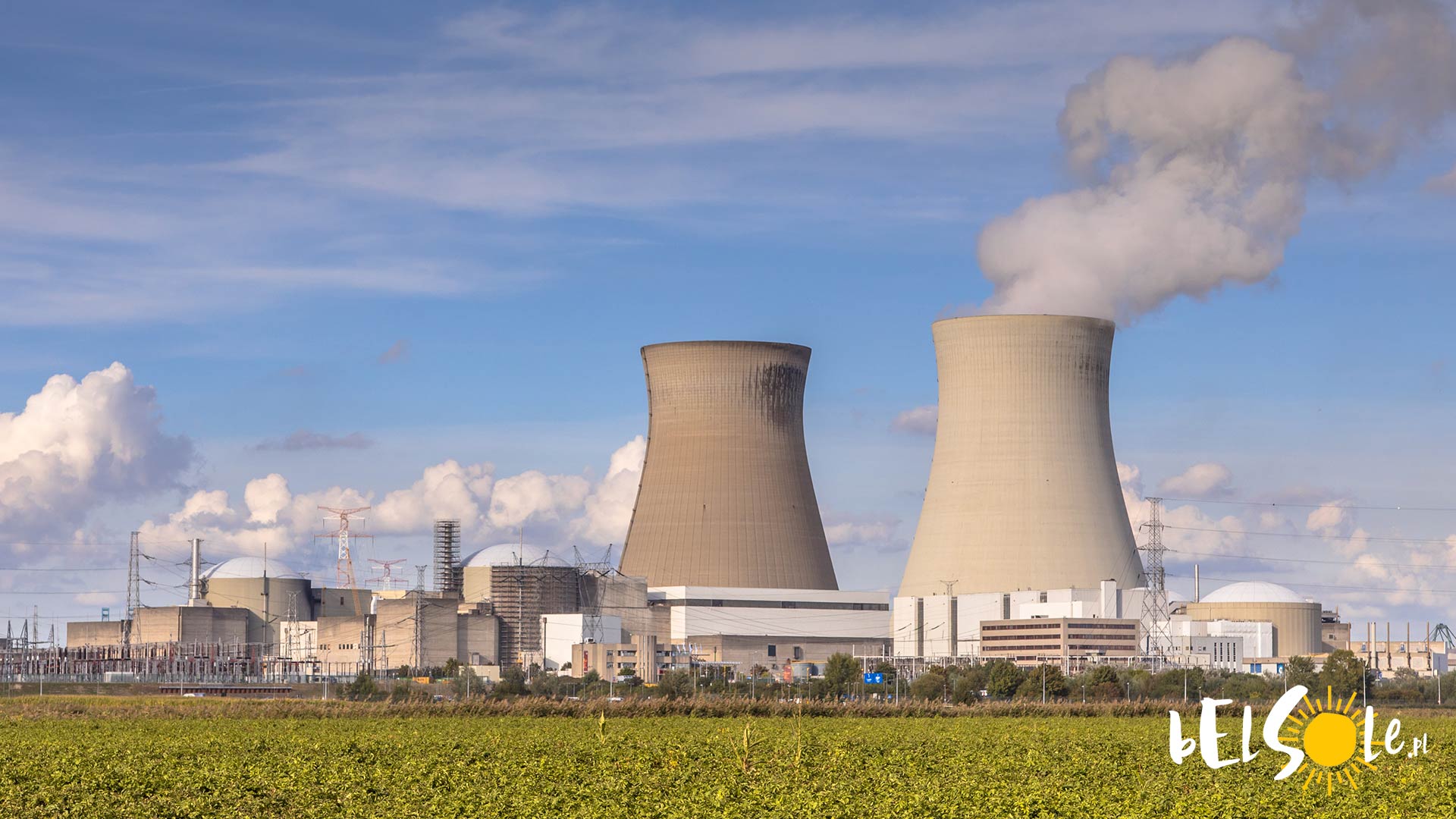Germany has used nuclear power since the 1970s, with about a quarter of the total electricity being produced this way since the 1990s. And yet, in 2023, the use has been halted completely. What happened? Why has Germany stopped using nuclear power when they had so many power plants? Let’s take a look.
German power plants of yesterday
The first nuclear protests started early, in the 1970s, against the construction of a plant in Wyhl. While the plants developed in Germany, numerous accidents took place around the world in the following decades, including the most well known Chernobyl case. Much of the German population was sceptical of the option from the very beginning and this uncertainty only rose in size after various failures. While it was clearly a profitable option for Germany, the post-Chernobyl scepticism was a wheel set in motion – the protests continued for decades.
The public dissatisfaction was yet to reach its peak – in 2011, the Fukushima nuclear plant had a ‘failure’ following an earthquake and a tsunami. It was rated as a ‘major accident’ on the International Nuclear and Radiological Event Scale. While the actual danger of the accident is a disputable matter, the story of the Fukushima ‘nuclear disaster’ began – media reported deaths from the natural disasters right before the accident to the plant failure, parents asked their kids not to leave the house for fear of the radiation and anxiety levels of the population rose dramatically.
While the actual risk of the nuclear plants was not suddenly larger, the Japanese authorities had to give in. Nuclear power became a political tool used in elections, with anti-nuclear candidates having a much higher chance all of a sudden. Japan abandoned its plans to expand their nuclear power infrastructure and, instead, had to reduce their dependence on nuclear power.
Same thing happened in Germany. Massive anti-nuclear protests took to German streets, with ‘heed Fukushima’ slogans attracting nearly a quarter of a million people. Politicians in support of nuclear energy prior had to suddenly jump ship to adapt to the newly found anti-nuclear zeal, with Angela Merkel as one prominent example of such a ship jumper. The authorities announced that all of the nuclear plants would close by 2022. That turned out to be nearly correct, as the last one was closed in April of 2023.
German power plants of tomorrow
Russia’s aggressive invasion of Ukraine gave a new spark of life to the debate, though the spark, as sparks do, lingered for a second and disappeared. The issue was that Russia was a large importer of energy for many countries, Germany included. This is partly the reason why the plants stayed a year longer than they were supposed to – amidst a sudden shortage, the power plants were immensely useful, even if there were literally a few left.
The move to move away from nuclear plants also had environmental effects, as, not only did the shift away from nuclear power cost Germany hundreds of billions, but it also forced them to re-focus on fossil fuels, further deepening the issue. While there’s much value in nuclear plants, it’s quite unlikely that Germany may reopen them anytime soon, even amidst such a scenario like the Russian invasion. The scepticism towards nuclear plants has simply gone too far without a proper counterbalance of education and communication resulting in a perception of nuclear power as a mere threat and nothing else. If Germany would try to reopen them now, they’d have to face the same protests again.
If you’d like to learn more about nuclear power, check out Kurzgesagt’s video on it and its role in the current environmental struggle.
See also:






